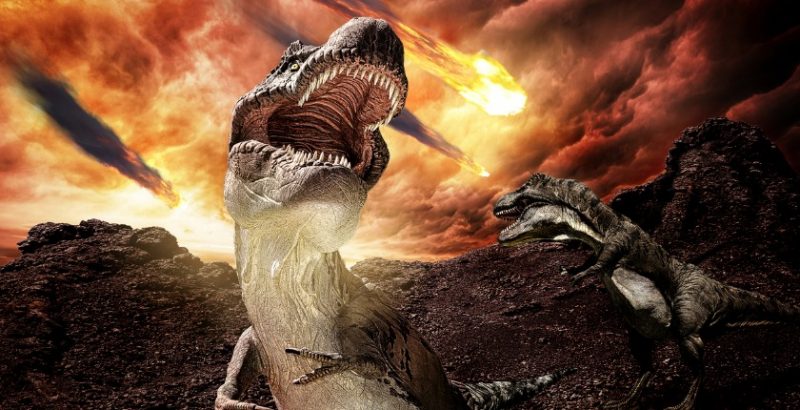Some 66 million years ago, a catastrophic event took place on Earth — a super-powerful asteroid moving at about 40,000 miles an hour hit the Gulf of Mexico.
The impact caused devastation of unprecedented amounts. It would have left a crater miles deep in the crust of the Earth and more than 115 miles across, causing thousands of cubic miles of rock to disappear, according to the National Geographic. As the natural disaster unfolded, more than two-thirds of life on the planet — including dinosaurs — subsequently perished.
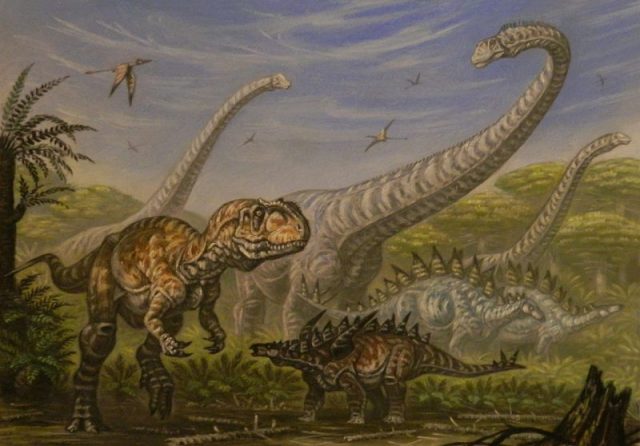
The avian dinosaurs that survived evolved into birds. That is, for decades now, the major theory to explain how the dinosaurs vanished from among the living. The theory began to gain momentum during the 1980s and 1990s following the discovery of the Chicxulub Crater in the Gulf of Mexico.
It remained a piece of compelling evidence to support the asteroid theory over volcanism, perhaps until now. Ancient mega-volcanoes on the territory of modern-day India had a supportive or even major role in the decline and ultimate disappearance of dinosaur populations, researcher argue.
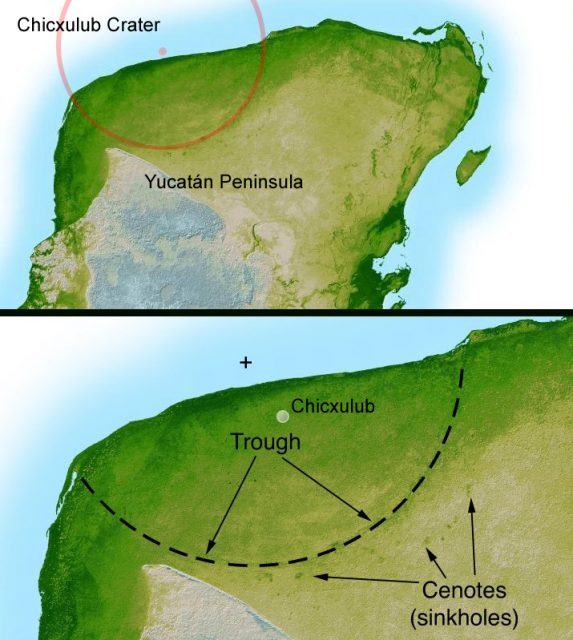
As National Geographic reports, two different research groups — one backed by Berkeley another by Princeton — sought after more answers on the matter and produced two studies, published in the journal Science in February 2019.
The research teams, who analyzed ancient rock deposits and used two different dating methods, tried to answer when exactly those ancient volcanic eruptions took place and how they may have affected life.
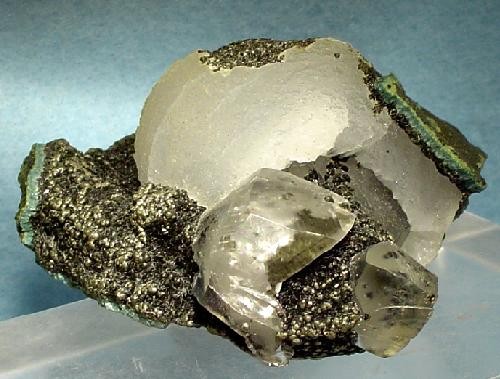
The Deccan Traps, as the mega-volcanoes have been called, first erupted some 400,000 years before the great asteroid impact in Mexico, the researchers agreed. Their activity ceased some 600,000 years after the Cretaceous period ended (which is when dinosaur life came to an abrupt end). Of the total lava erupted within this time frame, as little as half of it discharged after the asteroid impact.
One of the studies still says that the Deccan Traps were significantly more active in the period before the impact. Active enough to jeopardize entire ecosystems and species before, finally, the mass extinction event was hurried by the asteroid.
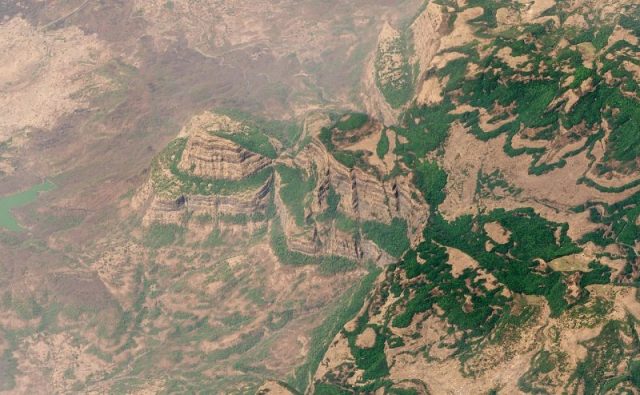
In contrast, the other study somewhat reduces the role of the volcanoes, saying that most of the lava spilled after the asteroid fell, the impact of which also caused a colossal earthquake, floods and strong gusts of winds — a phenomenon never felt by humans.
In the words of geochronologist Blair Schoene, lead author of the Princeton study, the overlap of both finds is still a “big improvement” compared to “20 years ago, or even 15 years ago, where [the two teams’ dating methods] couldn’t agree to better than a few percents, which here would be millions of years,” reports National Geographic.
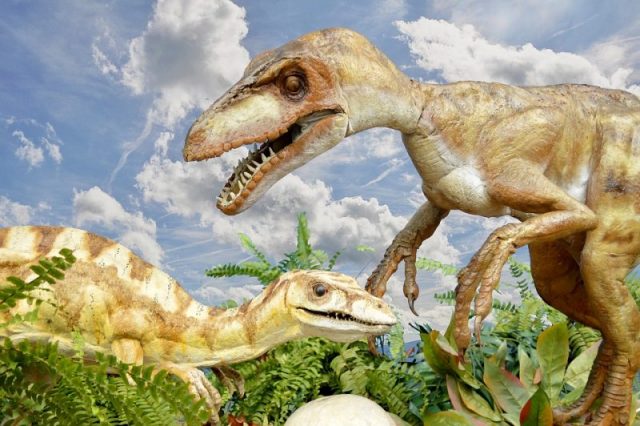
Both teams conducted surveys in the Western Ghats mountain range in India, where the Deccan Traps once thrived, to reach their conclusions. The ancient volcanoes would have been overwhelmingly huge. If the entire amount of lava produced over their million-years of activity, it would be enough to cement the whole planet with a thick and solid layer of rock.
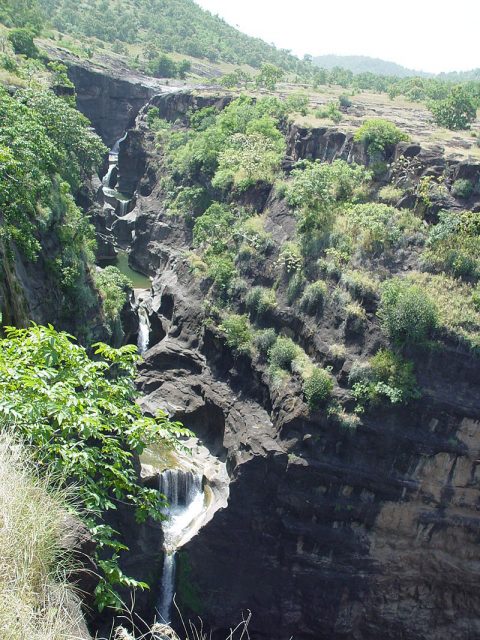
If the greater portion of Deccan Traps material was released before the asteroid, then some of the gases emitted — such as carbon dioxide — could have easily created significant warming of temperatures.
In this case, the final 400,000 years of the Cretaceous Period would have been marked by a significant increase of global temperatures of about 14.4 degrees Fahrenheit. Some species perhaps adapted to the newly-created hot environments, but they would have been shocked to death by a nuclear winter effect triggered by the giant asteroid.
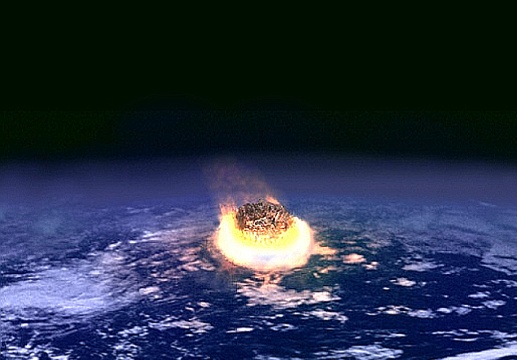
This scenario needs amending if the greater portion of Deccan Traps lava was discharged after the impact. More than that, it is possible that the concurring catastrophes acted interchangeably in regards to the mass extinction. It is the details that remain a subject of argument. Mega volcanoes such as those in ancient India are still capable of delivering a similar effect as the asteroid would have done. Another aspect is that the impact of the asteroid could have strengthened volcanism.
“The big question is, would the extinction have happened without the impact, given the volcanism, or conversely, would the extinction have happened without the volcanism, given the impact? I don’t think we know that answer,” Schoene told AFP. While the asteroid vs. volcanoes debate will still need to see its final conclusions, it is way better than some of the older and at times bizarre stuff proposed as an answer to what happened to dinosaurs.
Just to name one: a theory from the 1960s claimed that the Earth back then became so invaded by caterpillars that the insects ate most of the available vegetation — and this, not a volcano or an asteroid — left the dinosaurs to starve to death.
